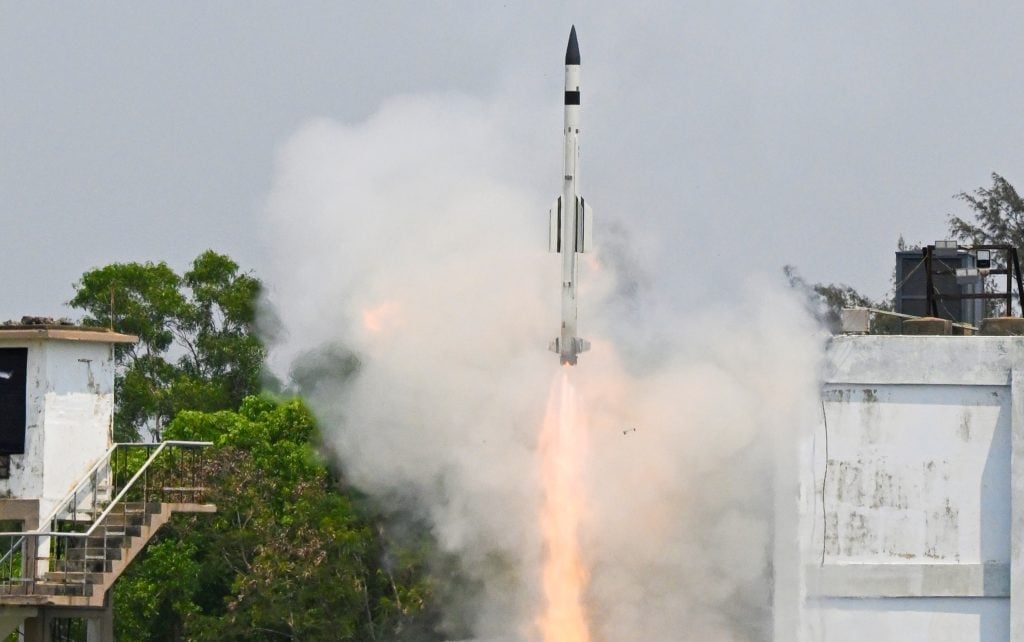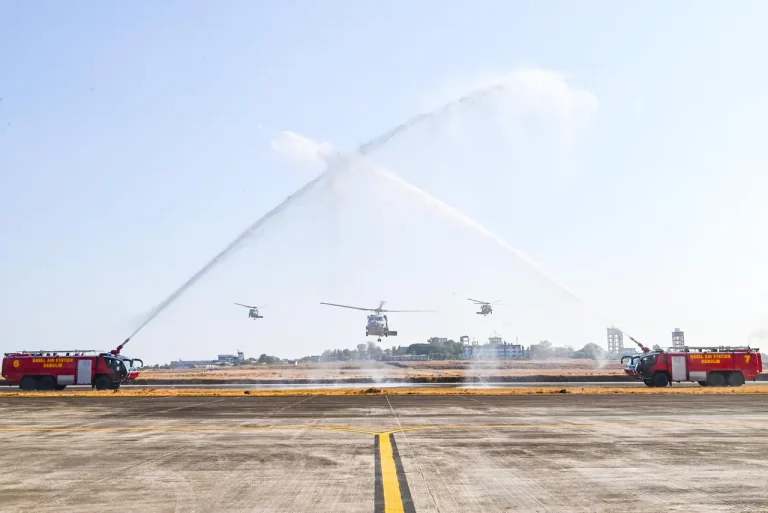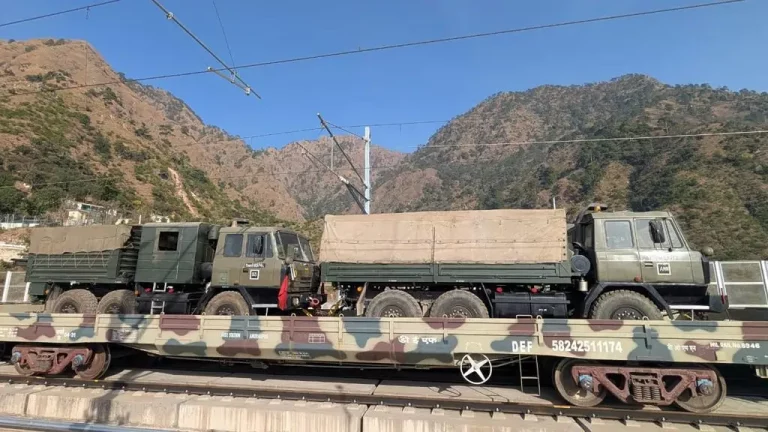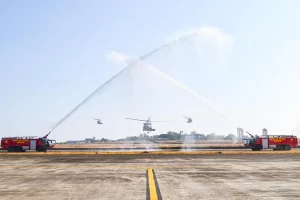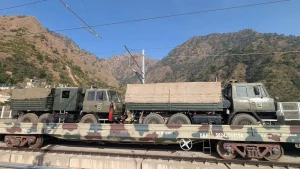The Defence Research & Development Organisation (DRDO) and the Indian Navy achieved a significant milestone by conducting a successful flight test of the Vertically-Launched Short-Range Surface-to-Air Missile (VLSRSAM) from the Integrated Test Range (ITR) in Chandipur, Odisha, around noon on March 26, 2025. This event marks a critical step in India’s ongoing efforts to attain self-reliance in modern defence technologies.
The test involved launching the missile from a land-based vertical launcher aimed at a high-speed aerial target at a low altitude and close range. The VLSRSAM successfully intercepted and destroyed the target, showcasing its capability for Near-Boundary-Low Altitude operations. This accomplishment demonstrated the missile’s agility with a high turn rate, necessary for effectively engaging targets at close range, thereby validating its reliability and pinpoint accuracy.
All components of the weapon system were deployed in a combat-ready configuration during the test. This included the missile armed with an indigenous Radio Frequency (RF) seeker, a Multi-Function Radar (MFR), and a Weapon Control System (WCS). Each component performed as anticipated, and the system’s overall performance was thoroughly validated through flight data collected by various range instruments developed by ITR Chandipur.
Following the successful test, Raksha Mantri Shri Rajnath Singh praised the efforts of DRDO, the Indian Navy, and the associated teams. He described the VLSRSAM as a demonstration of India’s robust design and development capabilities in the field of defence research and development. He underscored the potential of the system to act as a formidable force multiplier for the Indian Navy, significantly enhancing its defensive operations in maritime combat scenarios.
Dr. Samir V Kamat, Secretary of the Department of Defence R&D and Chairman of DRDO, also commended the teams involved in this significant achievement. He pointed out that the missile, equipped with cutting-edge technologies, will greatly enhance the technological capabilities of the Indian Armed Forces, reinforcing India’s dedication to achieving self-reliance in defence.
The successful testing of the VLSRSAM not only underscores India’s advanced technical proficiency in missile development but also reaffirms the country’s commitment to bolstering its defence infrastructure and ensuring operational readiness. This development is expected to have far-reaching implications for India’s strategic military capabilities and enhance its position in the defence sector on the global stage.
